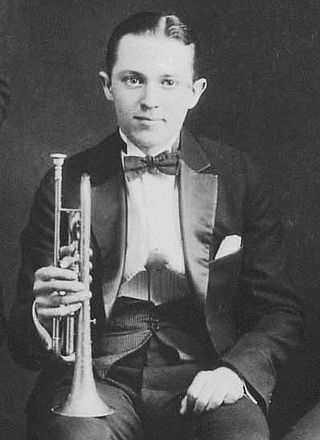
Leon Bismark "Bix" Beiderbecke was an American jazz cornetist, pianist and composer.

The New Orleans Rhythm Kings (NORK) were one of the most influential jazz bands of the early to mid-1920s. The band included New Orleans and Chicago musicians who helped shape Chicago jazz and influenced many younger jazz musicians.
Don Murray was an American jazz clarinet and saxophone player.

Giuseppe "Joe" Venuti was an American jazz musician and pioneer jazz violinist.
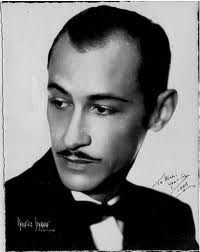
Orie Frank Trumbauer was an American jazz saxophonist of the 1920s and 1930s. His main instrument was the C melody saxophone, a now-uncommon instrument between an alto and tenor saxophone in size and pitch. He also played alto saxophone, bassoon, clarinet and several other instruments.
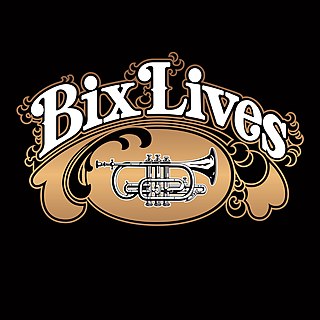
Davenport, Iowa's annual Bix Beiderbecke Memorial Jazz Festival commemorates Bix Beiderbecke, a famous jazz cornetist, pianist, and composer who was born in Davenport in 1903. It is one of the largest jazz festivals in the United States. It is held on the weekend after the Bix 7 Road Race, another local event named for Beiderbecke.

Bucktown is a historic area in the eastern end of downtown Davenport, Iowa, along the Mississippi River. Settled by many German immigrants, it was known in the early 20th century during the Prohibition era for its numerous speakeasies. Bucktown garnered national media headlines as a red-light district and the "wickedest city in America."
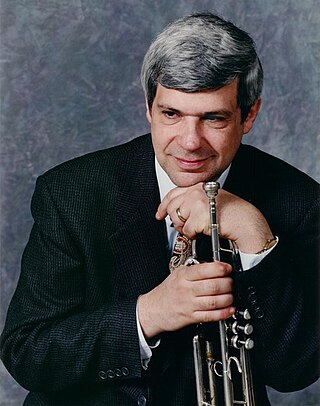
Jay Randall Sandke is a jazz trumpeter and guitarist.

Vince Giordano is an American saxophonist and leader of the New York-based Nighthawks Orchestra. He specializes in jazz of the 1920s and 1930s and his primary instrument is the bass saxophone. Vince Giordano and the Nighthawks have played on television and film soundtracks, including the HBO series Boardwalk Empire and Woody Allen's musical comedy film Everyone Says I Love You.

The Wolverines were an American jazz band. They were one of the most successful territory bands of the American Midwest in the 1920s.

"Riverboat Shuffle" is a popular song composed by Hoagy Carmichael, Irving Mills, and Dick Voynow. Lyrics were later added by Carmichael and Mitchell Parish.

Bix is a 1991 Italian drama film directed by Pupi Avati and starring Bryant Weeks. The plot is about the final years of cornet player Bix Beiderbecke. It was an Official Selection premiering at the 1991 Cannes Film Festival.

The LeClaire Park Bandshell, also known as the W.D. Petersen Memorial Music Pavilion, is located on Beiderbecke Drive in LeClaire Park, Davenport, Iowa. It was listed on the National Register of Historic Places in 1983 and on the Davenport Register of Historic Properties in 1993.
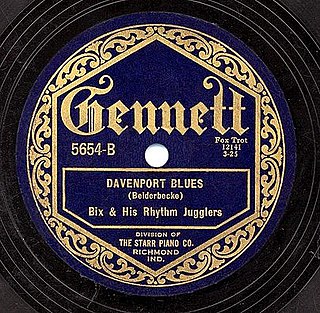
Davenport Blues is a 1925 song composed and recorded by Bix Beiderbecke and released as a Gennett 78. The song has become a jazz and pop standard.

Metamorphosis: Jazz Meets the Symphony #4 is an album by Argentine composer, pianist and conductor Lalo Schifrin with bassist Ray Brown, drummer Jeff Hamilton, trumpeter James Morrison, percussionist Francisco Aguabella and the London Symphony Orchestra recorded in 1998 and released on Schifrin's Aleph label.
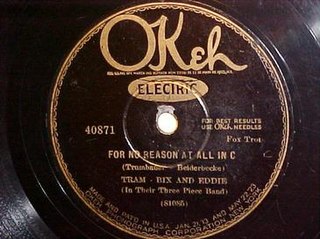
"For No Reason at All in C" is a 1927 jazz instrumental by Bix Beiderbecke, Frankie Trumbauer, and Eddie Lang. The song was released as a 78 single in 1927 on Okeh Records as by "Tram, Bix and Eddie ".

"Candlelights" is a 1930 jazz composition for solo piano by cornetist Bix Beiderbecke. It was the second in the series of four piano works which Bix Beiderbecke composed during his career.
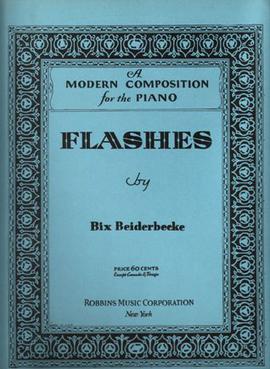
"Flashes" is a 1931 jazz composition for solo piano by cornetist Bix Beiderbecke. It is the third work in a series of four compositions for piano composed by Bix Beiderbecke during his career.
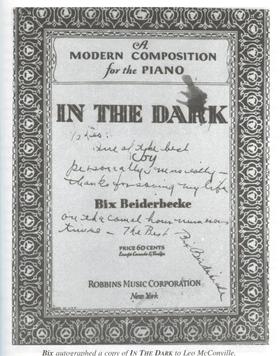
"In the Dark" is a 1931 jazz composition for solo piano by cornetist Bix Beiderbecke. It was the fourth in a series of four piano works composed by Bix Beiderbecke during his career.
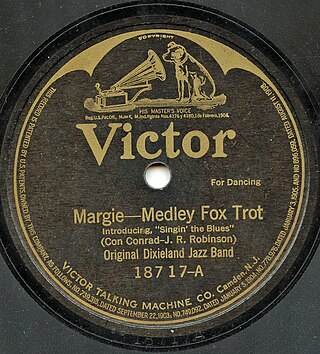
"Singin' the Blues" is a 1920 jazz composition by J. Russel Robinson, Con Conrad, Sam M. Lewis, and Joe Young. It was recorded by the Original Dixieland Jass Band in 1920 as an instrumental and released as a Victor 78 as part of a medley with "Margie". The song was released with lyrics by vocalist Aileen Stanley in 1920 on Victor. In 1927, Frank Trumbauer, Bix Beiderbecke, and Eddie Lang recorded and released the song as an Okeh 78. The Trumbauer recording is considered a jazz and pop standard, greatly contributing to Frank Trumbauer and Bix Beiderbecke's reputation and influence. It is not related to the 1956 pop song "Singing the Blues" first recorded and released by Marty Robbins in 1956.






















